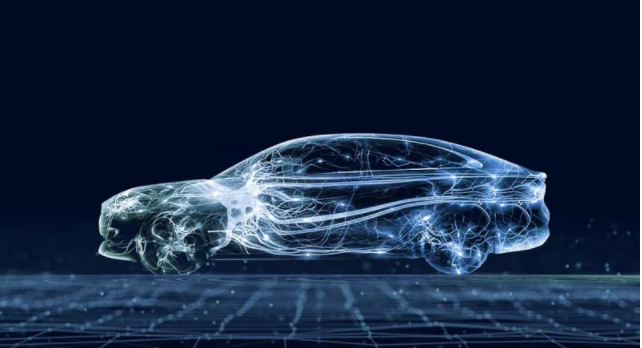A Chinese automaker’s response to market expectations: Voyah showcases its technology at the “Automotive Technology Open Day”
How fast does a Chinese automaker need to grow in order to meet market expectations? Voyah Automotive answered that question at the “Automotive Technology Open Day” event.
Two years ago, on the 100th day of the brand’s founding, Voyah Automotive held its first “Automotive Technology Open Day” in Wuhan, where it publicly shared information related to its technology route. The company emphasized that “Voyah is simultaneously pushing for pure electric and hybrid technologies, taking into account both the actual needs of Chinese consumers and the future industry development trends.”
Two years later, Voyah Automotive’s understanding of Chinese auto consumer needs has translated into concrete action. According to the company’s latest delivery data, it delivered a total of 2,553 new vehicles in October 2022, a year-on-year increase of 154%, with an average transaction price exceeding CNY 3.8 million. From January to October 2022, Voyah Automotive’s cumulative sales reached 16,172 vehicles.
Standing on the higher platform built by the delivery volume, Voyah Automotive now has the opportunity to showcase its development blueprint more broadly. As such, during this year’s “Automotive Technology Open Day,” the company’s technology agenda evolved from “knowledge-action integration” to “smart-action integration”.
At the event, Voyah Automotive officially released its ESSA+SOA intelligent electric “bionic” technology, announcing that it will continue to provide new standards for the intelligent electric vehicle industry and comprehensive services to industry and users. The company named its new car “Zhuiguang”, expressing its confidence in its own technology.
German design master Luigi Colani once said, “The foundation of design should come from the truth presented by life formed in nature,” highlighting the value of bionics. According to the book “Han Fei Zi,” Lu Ban used bamboo and wood to create a bird, which “flew and did not land for three days,” demonstrating the ancient application of bionics.
The “Biomimetics” mentioned by Voyah Automobile is essentially the application of bionics in the automotive industry, using the structure and functional principles of biology to design product machinery, thus enabling cars to achieve symbiosis with users in terms of diversity such as nature and technology, subjectivity and objectivity, individuals and the masses, in a “human-like” way.
As a “human-like” entity, the “Biomimetics” of Voyah Automobile has produced a trunk – ESSA native intelligent electric architecture and advanced intelligent neural system – a central centralized SOA electronic and electrical architecture.
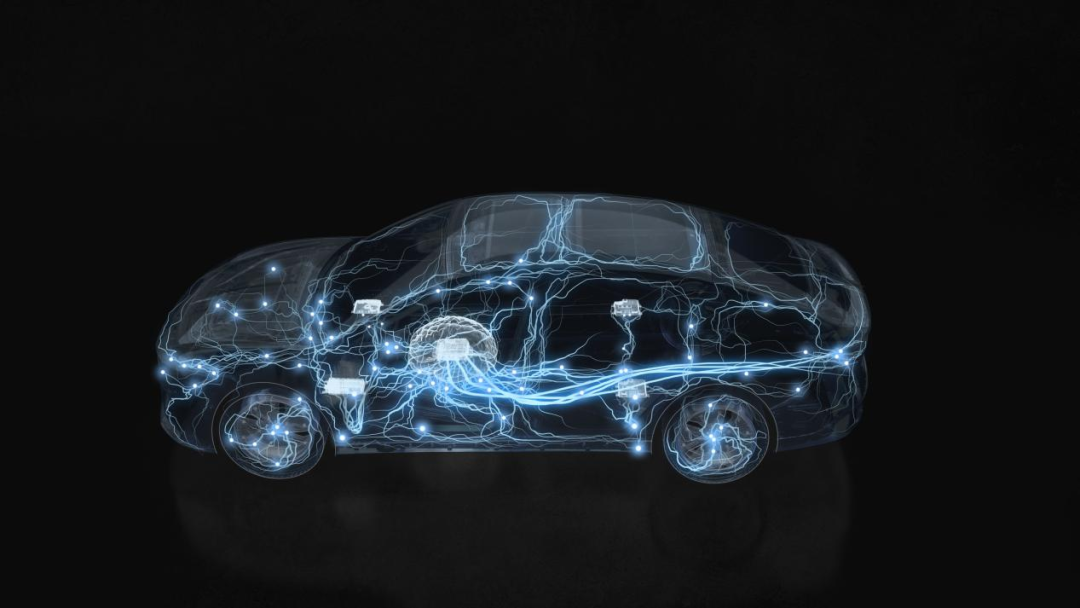
As the first native electric architecture with completely independent intellectual property rights developed by Voyah Automobile, ESSA native intelligent electric architecture first demonstrates its technological accumulation in the basic user car field: high scalability that perfectly matches pure electric, intelligent multimodal, and hydrogen energy three electric power solutions, which caters to the development trend of the global new energy automobile industry while matching the user demands of different audiences; the power battery only decays by no more than 5% after 300,000km and can still maintain 90% performance in the -20°C environment. From a practical perspective, it dispels user’s anxiety about battery life; it can provide a rapid energy replenishment capability of charging for 10 minutes and providing a range of 230km, easing the waiting problem for recharge that new energy vehicle users often meet.
Secondly, in terms of ensuring the user’s driving experience, the mass-produced models built by ESSA native intelligent electric architecture are equipped with the independent suspension of front double-wishbone and rear multi-link, which is a must for luxury cars, combined with the lightweight chassis structure of its aluminum alloy material. In combination with its intelligent electric four-wheel drive system, millisecond-level accurate torque distribution system and level adjustment with magic carpet function, it enables drivers to drive freely in different road conditions under the high-efficiency power released by 500kW discharge peak power.
Last but not the least, in terms of safety, the mass-produced models of Voyah based on ESSA native intelligent electric architecture all meet the five-star CNCAP and CIASI MGGG evaluation of the passive safety standards of the China Automotive Technology and Research Center and China Insurance Research Institute. The battery carried also passed the “no water ingress, no smoke, no fire, no explosion” verification of the ultra-national standard design standards.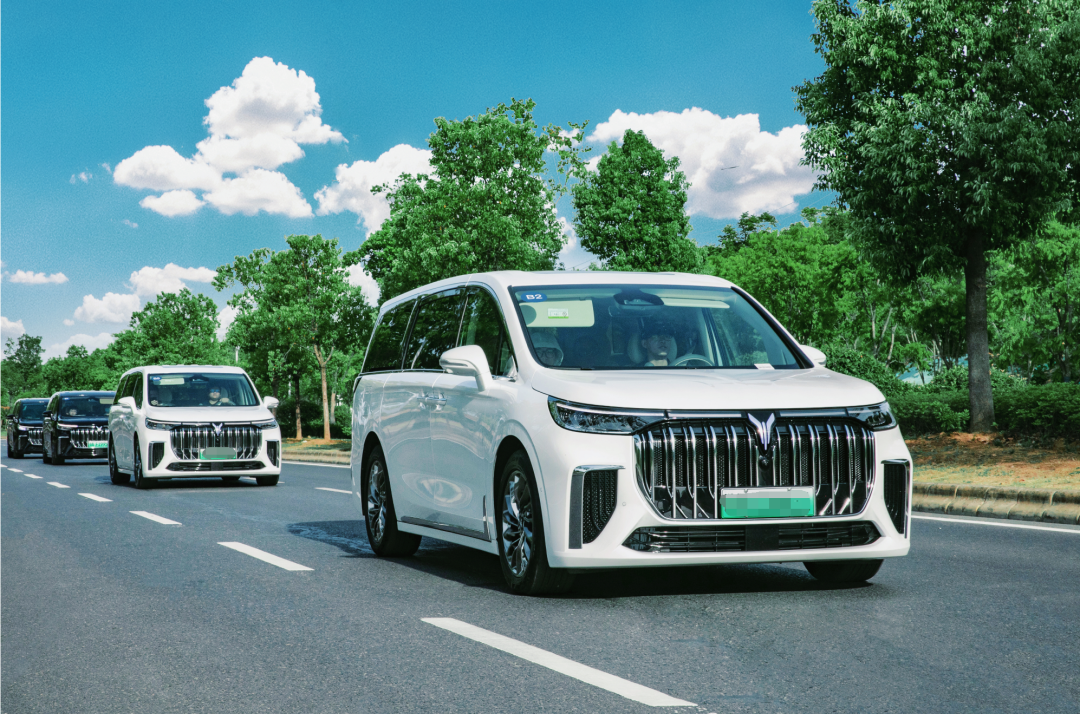
It is worth mentioning that Voyah Motors, based on its cloud BMS battery management system, has achieved the prediction of critical failures such as smoking, fire, and explosion of batteries 2 hours in advance and warned of faults such as short circuits and under-voltage inside batteries one week in advance through analyzing and calculating the big data information of both the vehicle power battery and user driving habits. In addition, the interior, paint, adhesive, etc. of Voyah Motors’ mass-produced vehicles are made of green and environmentally friendly materials and construction processes, equipped with an intelligent fresh air system that can sterilize and disinfect, fully reflecting the “people-oriented” concept.
ESSA’s intelligent electric architecture shoulders the hardware foundation of Voyah Motors, and the centrally centralized SOA electronic and electrical architecture is taking the path of “software-defined cars” to inject intelligent decision-making into Voyah Motors.
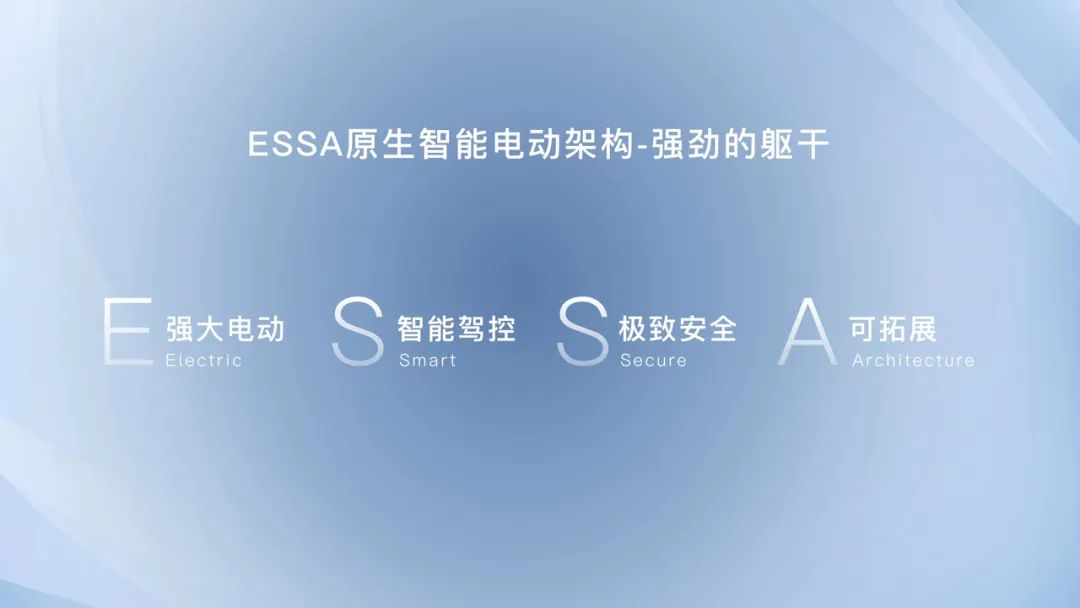
Overall, Voyah’s self-developed centrally centralized SOA electronic and electrical architecture concentrates computing power onto a central “smart brain”, forming a high-level intelligent neural system with a system consisting of a hardware platform, a service-oriented software platform, an interconnected cloud platform, and a developer platform. It provides users with higher efficiency of vehicle networking interaction, faster OTA upgrade speed of the entire vehicle, a more stable information transmission safety channel, and higher-level intelligent driving assistance functions while providing unlimited possibilities for vehicle hardware/software upgrades.
Currently, Voyah Motors has built an efficient central system with higher computing power and stronger aggregation performance, with the central controller OIB, the regional controller VIU, and the vehicle networking terminal T-BOX as the core. Among them, OIB is like the “smart brain” of a human body, controlling the entire human body with powerful analysis and processing capabilities; VIU is like neurons of the human body, responsible for transmitting various signals of execution actions; T-BOX is like the brainstem, ensuring the interconnection and information interaction with the outside world.
#
As early as 2015, the Chinese Academy of Engineering launched the research topic of “China’s Artificial Intelligence 2.0 Development Strategy Research” and proposed the concept of “Artificial Intelligence 2.0”. At that time, some viewed that the core of the AI 1.0 era was to make machines smarter, while the significant difference between the 2.0 era and the previous era was to combine the strengths of machines and humans to form a smarter intelligent system.# Introduction
The ESSA+SOA smart electric vehicle technology developed by Voyah Motors utilizes bionic integration and generates a more intelligent system, enabling the product to be ahead of the competition in terms of application direction.
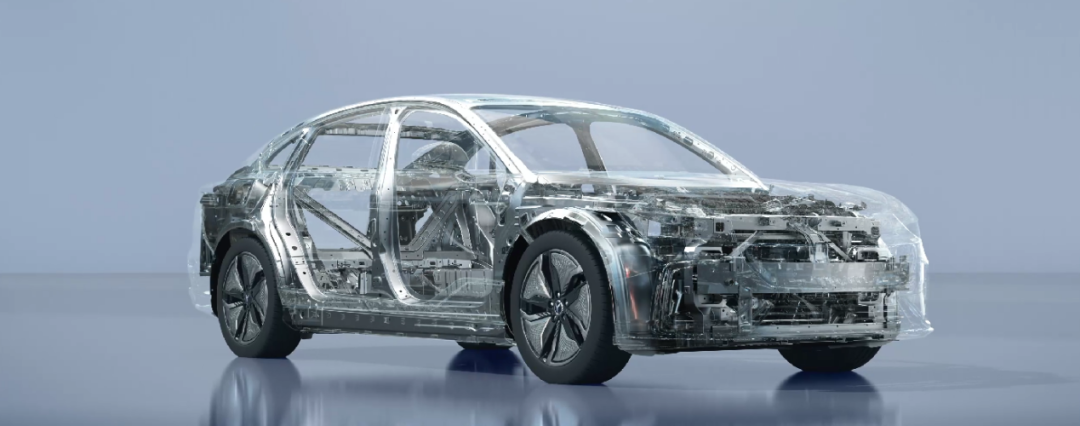
For example, the self-developed central controller OIB by Voyah Motors integrates the four major controllers of vehicle control, power, intelligent driving, and intelligent cockpit into one, reducing 14 ECUs to 1.
Background & Problem
It is worth knowing that in the past, ECUs (electronic control units) were widely present in the underlying components of vehicles such as engines and transmissions. Each function of the car required one or several ECU modules for control, achieving the transformation and processing of vehicle information.
The more ECUs, the more rich the electronic functions of the vehicle. However, the dispersed ECU modules can lead to complex wiring harness layouts, long signal transmission paths, heavy vehicle weight, increased overall costs, and slow system response times, making it difficult to upgrade later. In addition, because there are many suppliers involved, the software development of ECU modules has always been unable to synchronize, becoming a hindrance to subsequent vehicle OTA upgrades. Therefore, by “simplifying the complex” ECUs, Voyah Motors has ensured that the product has the ability to evolve continuously from the bottom.
Solution
The reduction in the number of ECUs indicates that Voyah Motors’ electronic system has transitioned from a distributed to a centralized processing model. However, the technological logic behind centralized management in the center is still relatively independent, and this is closely related to the VIU technology of the regional controller.
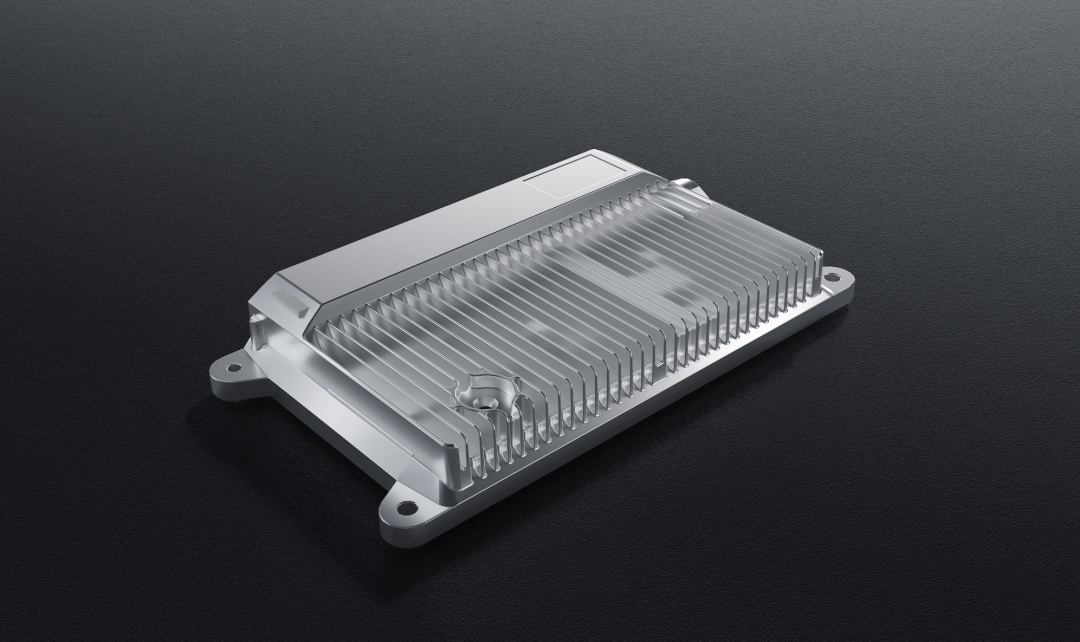
Voyah Motors’ VIU technology, which was first launched domestically, highly integrates three major functions: regional data center, smart distribution, and intelligent zoning control. Moreover, it meets the safety non-intervention requirements for different functional modules. With the help of the rich physical interfaces integrated, it provides a foundation for cross-domain integration, realizes the standardization, low cost, and high scalability of regional controller components, and ultimately, it is able to backup and execute key node (such as EPS, IPB) signals more accurately and provide quicker diagnosis and maintenance of the vehicle. The number, weight, and cost of vehicle components can be effectively reduced.
More uniquely, each partition controller in the Voyah car is equipped with over 10 commonly used types/specifications interfaces, capable of driving actuators up to 300W (adaptable to external devices such as LiDAR).

The key to this application is to breakthrough the ceiling of over-the-air (OTA) updates for cars. After all, compatibility issues affected by hardware limitations will always exist in system updates, just like the latest iOS system cannot be perfectly carried on old iPhone models.
Voyah car foresaw the iterative speed of intelligent cockpit and assisted driving technologies during mass production and pre-buried hardware interfaces, allowing gradual implementation of new functions and leveraging the ability of OTA updates to reinforce the advantages in vehicle timeliness and cost-effectiveness.
#
In the book “Sapiens: A Brief History of Humankind,” it is mentioned that life science proves that the human brain is composed of multiple “selves,” of which some “selves” will be reinforced under the influence of intelligent assistant devices. In the automotive industry, this reinforcement will morph into the era of intelligent driving.
On one hand, Voyah car has implemented “bionic” technology to construct a brand new future travel scene for its users. Its most prominent feature is the emotional communication established with users through the open co-creation. For example, personalized and exclusive scenarios for individual user preferences can be created, including tools for scenario editing on mobile phones/vehicle displays/webpages, covering functions including vehicle control, entertainment and other customized functional scenarios. With the premise of not violating traffic regulations and jeopardizing road safety, functions of sound, light, electricity, seats, doors, windows, wheels and other automobile electronic control devices can be edited and combined to form new experiential functions, and they can be uploaded to the cloud for other users to download.

At the same time, relying on the T-BOX connected car terminal of Voyah car, which currently reserves 300+ signal interfaces including over 200 vehicle control service interfaces, over 50 application service interfaces, over 50 ecosystem service interfaces, its software capability for device expansion is expected to reach 600+ interfaces in the future, enabling continuous enhancement of the “human, car and machine” interaction level of Voyah car.According to the plan, by 2026, Voyah Motors will synchronize or integrate information between 99+ mobile apps and the in-vehicle system, and achieve synchronized control between 50+ smart devices and vehicles, covering 90% of smartphones.
At that time, in terms of intelligent cockpit, the vehicle will be like a personal butler with travel functions, supporting multimodal interaction with voice + myoelectric gestures / brain-computer interfaces, thus realizing the exchange of information between superficial muscles or the brain and the vehicle. With just a single look, gesture, or thought from the user, the vehicle will understand their operational intent, greatly simplifying the way of travel.
All of these are the visions already outlined in Voyah Motors’ development blueprint: integration of intelligence and mobility.
This article is a translation by ChatGPT of a Chinese report from 42HOW. If you have any questions about it, please email bd@42how.com.
